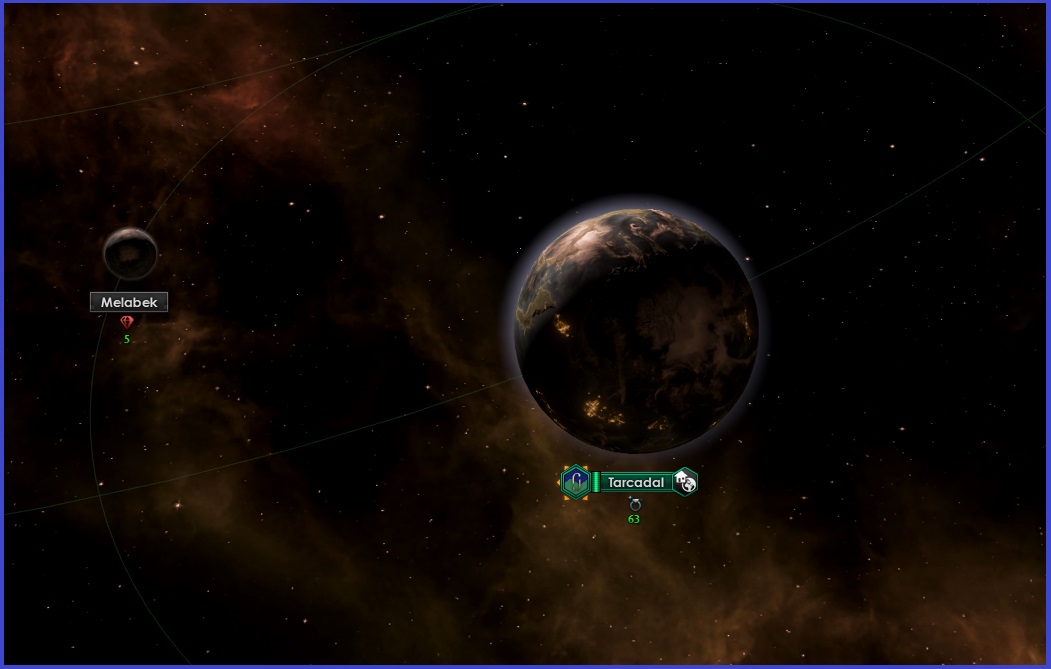The Sea Beyond The Sky - An Aquatic AAR.


'There are those who challenge the pace of progress, the decision to visit the stars. Many of my fellow priests, and I know there are some in this very hall, feel in the marrow of their bones that leaving our sacred seas will part us from the divine, lead us on a journey to ruin and apostasy. We are the Children of the Endless Sea they say, why should we venture out into the empty void of space?
To those of my fellow priests I say their protests reveal only the shallowness of their faiths behind their strong words. Four thousand years ago some brave souls among our people ventured onto land and there in the alien air, the harshness of the sun and the croaks and cries of strange animals they established a foothold. To this day few among us love being long away from the waters but without those pioneers we would have no metals, no industry, no land crops to swell our population. Those who ventured onto land had strong legs and strong minds and most of all strong faith in the divine. Without them we would be living in nomadic shoals still not great cities and our temples would be humble grottos not cathedrals.
Ah, but I hear you whisper am I a merchant, a follower of Thamis the Glittering, more interested in profit than prayer? No my brothers and sisters I am disciple of the Endless Sea just like you. I simply have faith - faith that wherever we go we carry the Endless Sea with us in our minds and in our hearts. Faith that like the first Minnerians to set foot on dry land we are entering an age of wonders and dangers, one that shall test us but leave us the stronger and the wiser.
Look to the stars by brothers and sisters, the sea beyond the sky. That is where we are going.'
~ Excerpt from Chief Preceptor Eshama's address to the Eleventh Intersea Conclave, Common Year 2171.
'The Golden Demigoddess favours the clever and determined. We shall not disappoint Her.'
~ Excerpt from a interview with Senior Merchant-Priestess Hannirbah of the Blessed Merchant's Alliance, Common Year 2171.

- 3
- 1











